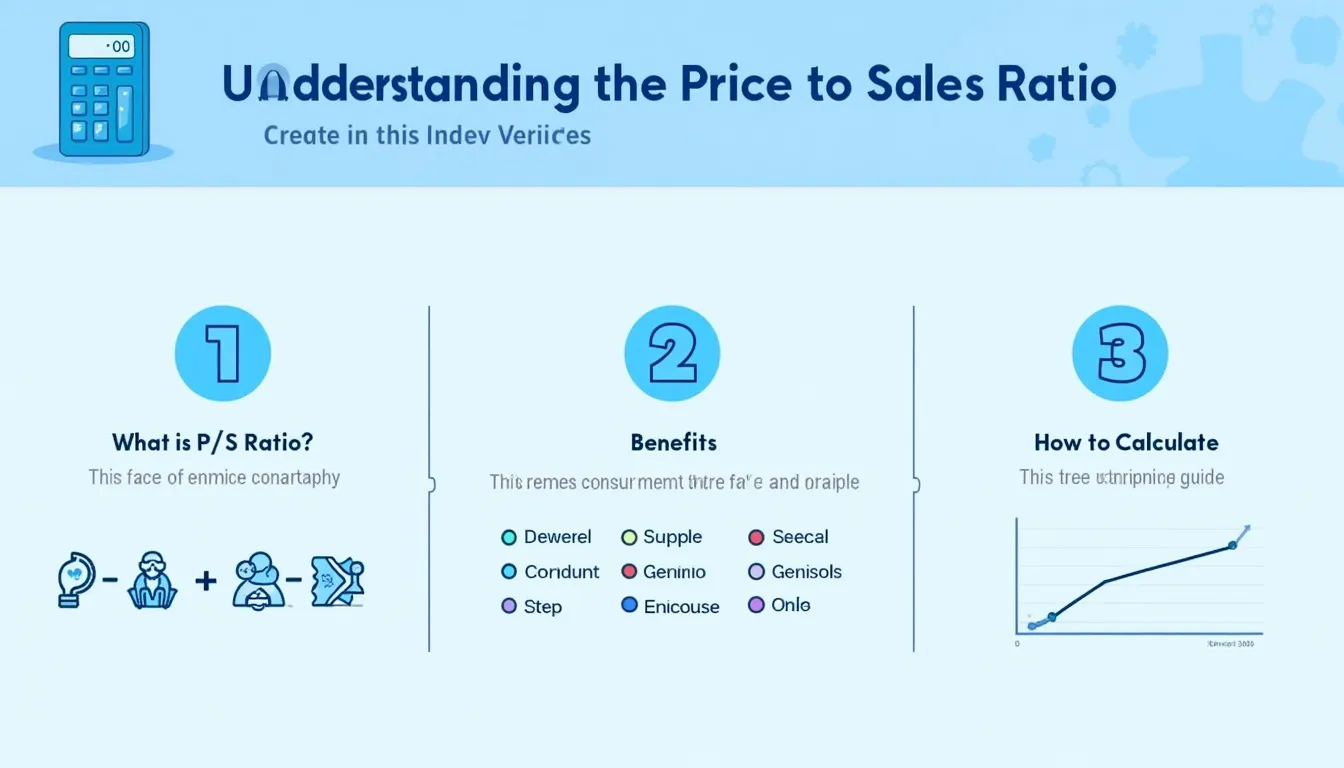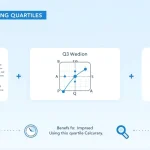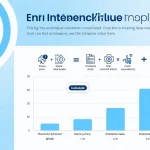Price to Sales Ratio Calculator
Is this tool helpful?
How to use the tool
- Share Price (USD) – type the current market price per share. Sample inputs: 27.40 or 150.80.
- Sales Per Share (USD) – add the company’s trailing-12-month revenue per share. Samples: 6.10 or 25.75.
- Click Calculate to view your Price-to-Sales Ratio.
Formula
$$\text{Price-to-Sales Ratio}= rac{\text{Share Price}}{\text{Sales Per Share}}$$
Example calculations
- 27.40 ÷ 6.10 = 4.49
- 150.80 ÷ 25.75 = 5.86
Quick-Facts
- Median P/S for the S&P 500: 2.3 (Macrotrends, 2023).
- Tech firms average P/S ≈ 4.6, while utilities sit near 1.5 (Damodaran, 2023).
- P/S above 10 is “extremely expensive” by Morningstar methodology (Morningstar, 2022).
- Public companies report sales in quarterly 10-Q filings (SEC Form 10-Q).
FAQ
What does a low P/S ratio mean?
A ratio below the industry average suggests the market values each revenue dollar cheaply, signalling potential undervaluation when fundamentals are stable (Investopedia, 2023).
How often should you recalculate P/S?
Update after every quarterly earnings release because new revenue data changes sales per share (SEC Form 10-Q).
Is P/S useful for unprofitable firms?
Yes. “Revenue is the only clean number when earnings are negative” (Damodaran, 2020). P/S lets you compare growth companies lacking profits.
Can P/S replace P/E?
No. P/S ignores costs and margins; pair it with P/E or gross margin for a fuller view (CFI, 2022).
What counts as a good P/S in retail?
Retail chains typically trade between 0.3 and 1.0; numbers above 2 may flag overpricing (NYU Stern Retail Data, 2023).
How do share buybacks affect P/S?
Buybacks shrink shares outstanding, raising sales per share and lowering the ratio even if revenue stays flat (Harvard Business Review, 2022).
Does currency matter for international stocks?
Use the same currency for price and sales; convert with current FX rates to avoid distorted ratios (OECD Exchange Rate Guide, 2023).
Important Disclaimer
The calculations, results, and content provided by our tools are not guaranteed to be accurate, complete, or reliable. Users are responsible for verifying and interpreting the results. Our content and tools may contain errors, biases, or inconsistencies. Do not enter personal data, sensitive information, or personally identifiable information in our web forms or tools. Such data entry violates our terms of service and may result in unauthorized disclosure to third parties. We reserve the right to save inputs and outputs from our tools for the purposes of error debugging, bias identification, and performance improvement. External companies providing AI models used in our tools may also save and process data in accordance with their own policies. By using our tools, you consent to this data collection and processing. We reserve the right to limit the usage of our tools based on current usability factors.







